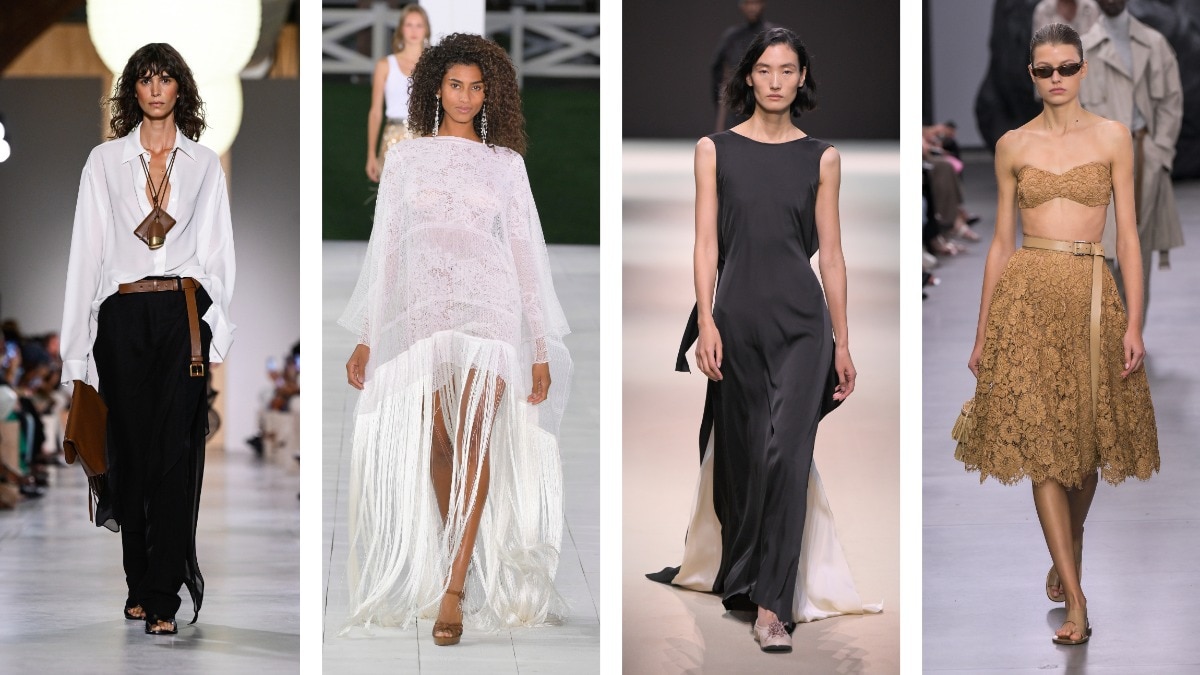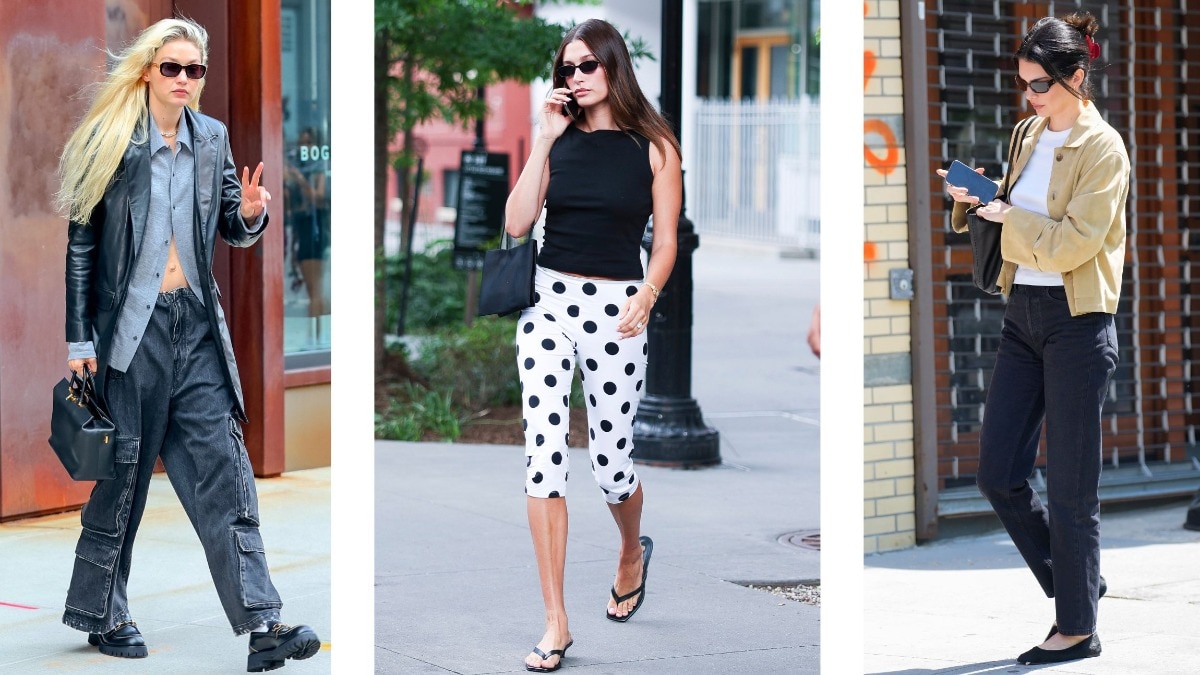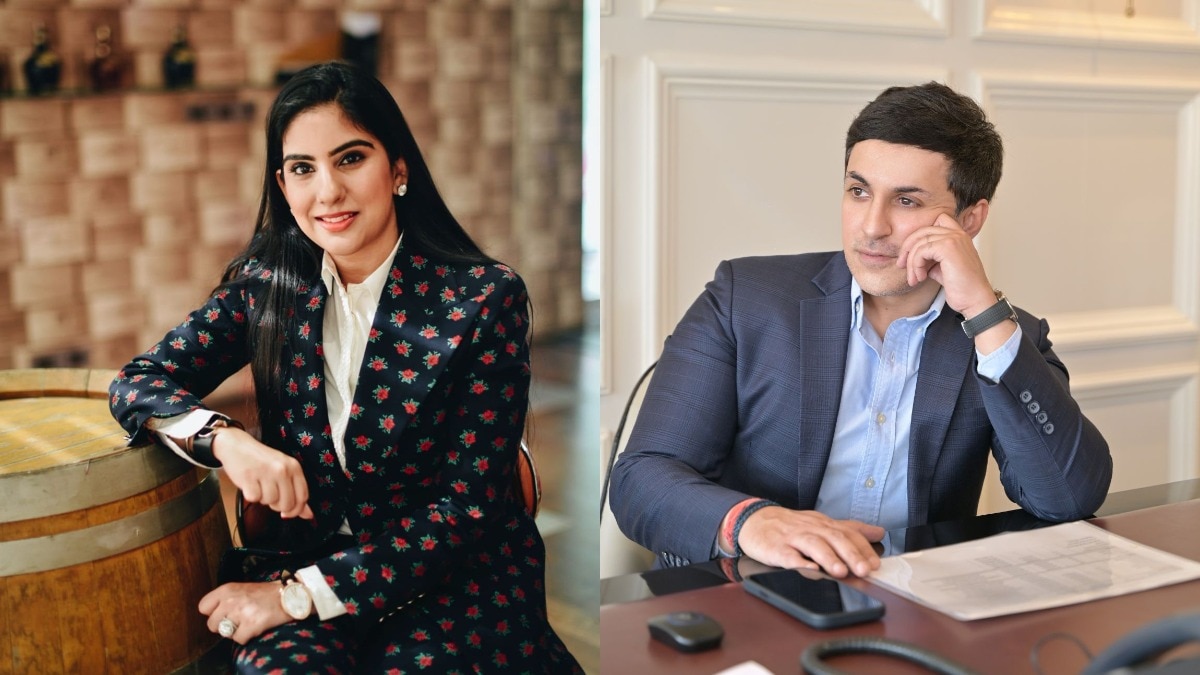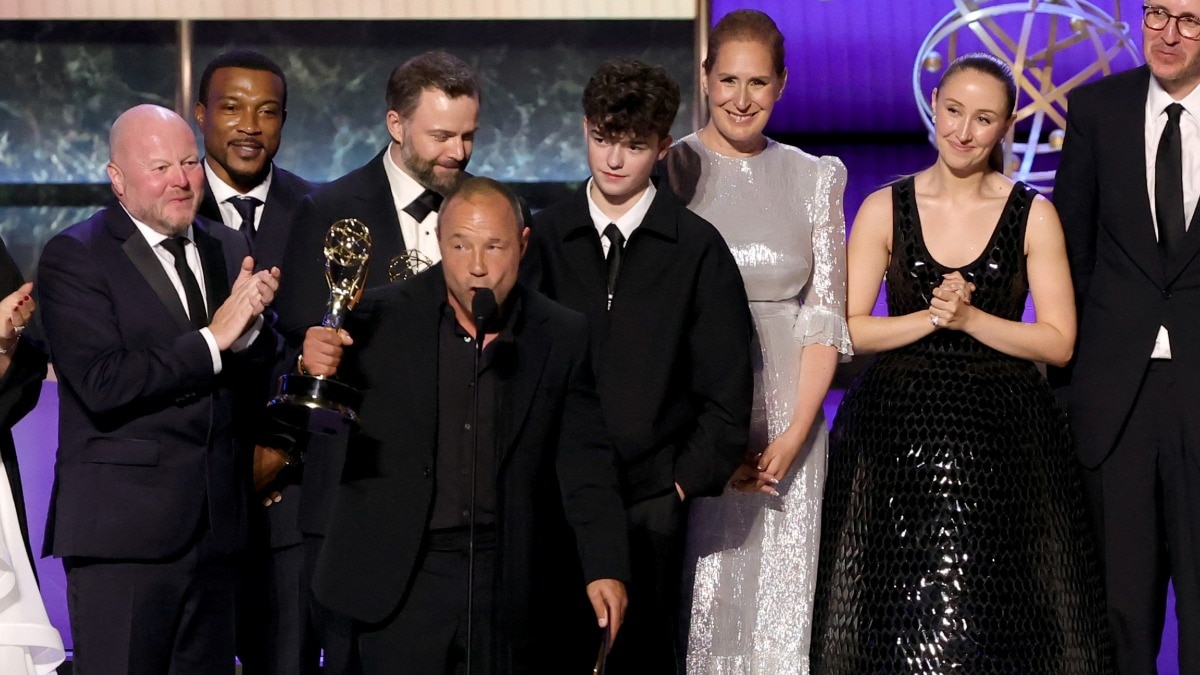How Zuhair Murad rebuilt himself
A show at Paris Couture Week and a devastating earthquake later, the Lebanese designer is now back with a bang. He talks to Bazaar India about what keeps him going and what is it about haute couture that keeps the fashion economy well-fuelled.


When Jennifer Lopez walked down the red carpet at the 2010 Met Gala wearing a champagne-coloured strapless gown, with a bustier embellished in gleaming gold and silver thread, speckling down the hemline like vines, little did the fashion world know that the body-baring, haute couture creation was made by a young designer based out of Beirut, Lebanon. Now having famously clothed everyone, from Beyoncé, Taylor Swift, and Kerry Washington to Priyanka Chopra, Zuhair Murad is one of Lebanon’s most revered couturiers for whom tectonic shifts happen in millimetres. His creations reek of ineffable ease and his clientele comes from every part of the world to buy his twinkling frocks and embellished dresses, trailing in fabric which is longer than the papal and pagan robes of cardinals and priests. And a repertoire ranging from haute couture, ready-to-wear, and bridal wear to accessories, Murad has a business going on at full speed.
It is always difficult to pinpoint exactly what lies at the heart of a designer's success story, but in Murad's case, it would probably be his ability to get back up from a tumultuous situation, to create magic and weave decadence into cloth. An explosion in Lebanon in 2020, which left shockwaves in the city, saw the 51-year-old’s atelier decimated to dust. But since then, just like the Japanese ideology of wabi-sabi, of brokenness, survived and rendered beautiful, the designer returned to his hometown to rebuild his headquarters from scratch—and that may be the most potent fashion expression he has offered the world to experience.
A regular on the Couture Week cheatsheet, Murad’s prowess to conjure up garments, season after season, that whisper of intricate beading and painstaking craftsmanship, is a feat only a few have been able to master. And, like a magician, he has the power to transport us to a vivid world of unimagined desires.
In an exclusive with Bazaar India, Murad gives us an insight into his spring/summer 2023 couture collection which he showcased in Paris, last month; the importance of haute couture; his fashion reckoning as a kid; Lebanon’s influence in his otherworldly designs; his take on fashion criticism; and what does he do when he finds time off from work.

Harper’s Bazaar: What inspired the collection, 'Exquisite Dynasty' at couture show in Paris last month, and how did it all come together?
Zuhair Murad: I suppose it was inspired by the nostalgia of the Belle Époque and the ‘70s period when living was easier and times were happier. I tried adopting a new silhouette while staying true to the DNA of our maison and showcasing the individuality of the women wearing my designs. Because, at the end of the day, women who want to own a couture piece want to feel that element of exclusivity and uniqueness.
HB: You said in an interview that you were channelling Hollywood's Golden Age. What is it about the period that caught your eye and how did it permeate into this collection?
ZM: The ‘70s have always been a source of inspiration for me. It was a dynamic time. Life seemed simpler and more carefree. People admired and enjoyed beauty and aesthetics. It’s attractive, to say the least, and that’s what was instilled into the collection.

HB: Take us through your designing process... how did you go about constructing those 49 looks? Were you moved to make it via a sketch, silhouette, fabric or a swatch of colour?
ZM: Designing a couture collection comprises long hours of work between creation and production for each look. I love the early stage of the creation of the collections, when I am sitting for days with my team, discussing ideas, taking suggestions, etching out details, and checking fabric samples, embroidery swatches and colour palettes. The production of each design takes up to 1,000 hours of craftsmanship. Every dress is treated as a piece of art to ensure a distinctive design is created with an exclusive technique.
HB: In a world that's heavily digitised, with the onset of technology, what according to you keeps haute couture grounded? And what is it about the art of the handmade that elevates clothes to the level of sublime?
ZM: The fashion industry has evolved vastly, and globalisation has allowed the sharing of newly developed techniques, fabrics, and methods instrumental in creating garments that fit the consumer’s changing needs. Haute couture is all about understanding and nurturing les petites mains (French for ‘the little hands’), the highly skilled craftspeople who execute the designs, and savoir faire. It is important for me to respect and preserve traditional crafts and techniques.

HB: What’s your earliest childhood memory of being struck by fashion?
ZM: As a child, I was always inspired by beautiful textures, colours, and shapes. I started drawing at the age of six, and that’s when my parents took notice of my passion, and they encouraged it as a hobby and not a career. I used to draw a little bit of everything, but since I was 10, I have focused more on fashion sketches. I recall being instantly captivated by Vogue—my introduction to a fashion magazine—when I was with my mother at her seamstress's. The world of fashion lured me.
HB: Growing up in Lebanon in the '80s, what is it about Lebanese fashion and style that is compelling?
ZM: Lebanon has shaped my imagination—from its landscapes that embrace myriad of shades and colours, to its vibrant people, culture and traditions. The country is my source of inspiration; the contrast between a lively city and calm urban areas is reflected in my designs. In the '80s, Lebanon was flaunting all its beauty and its extravagance; it was a golden age for the country that imprinted me with endless moments from which I continue to draw inspiration.

HB: The nature of fashion is that it tends to get repetitive. From seasons, and collections, to ideas—it's like a carousel that never stops spinning. How do you continue to find new ideas in the familiar? Does it overwhelm you, at times?
ZM: My art emanates from my experiences and my ability to transfer any situation into a beautiful creation. I find a core to start creating from in every occurrence because, I believe, inspiration is always around us. We just need to keep an open mind at all times. I would find inspiration while travelling, especially a trip that impacts my well-being, or through art or anything that triggers my curiosity and moves me emotionally.
HB: Do you read what critics write about your collection(s) and do their critiques matter to you? How do you take it in a positive stride?
ZM: I read everything about my work; the bad before the good. Understanding people’s reactions to my creations is essential in my process. Not taking criticism into consideration would be pretentious, because there’s a lot to gain from seeing a different point of view. We keep learning and improving every day.

HB: What is that one thing you would like people in the world to take away from your designs? What do you want them to feel when they wear your clothes?
ZM: I design for women who appreciate couture and attention to detail. My creative mission stems from making women feel radiant and confident and, most importantly, unique through their attires. Every woman deserves her type of 'red carpet moment', and I strive to make them feel like the stars they are.
HB: How does Zuhair Murad relax and unwind?
ZM: I unwind in the comfort of my own home, surrounded by my family and close circle, because for me, having peace of mind is a luxury. It’s the small moments that are appreciated throughout a lifetime.










